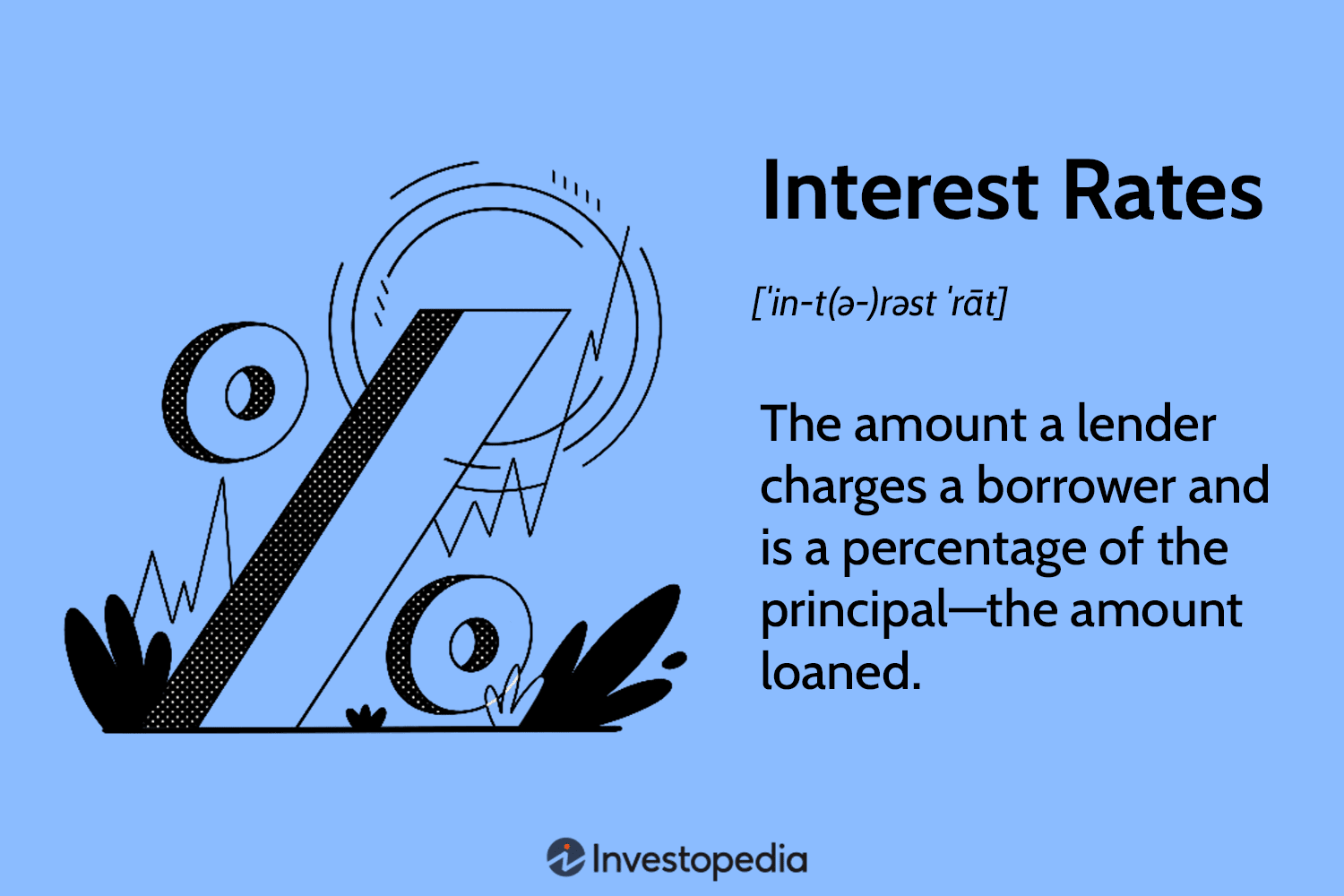Introduction
As Australia’s real estate market continues to evolve, a recent KPMG report sheds light on expected trends for 2025. According to the forecast, house prices may face challenges, while unit prices are expected to rise due to affordability constraints. The increasing demand for units is driven by their accessibility as a more viable entry point into the housing market, particularly as financial pressures persist for many Australians.
In this article, we explore the factors influencing these market trends, key predictions for 2025, and how prospective buyers and investors can navigate the shifting landscape.
Current State of the Housing Market
House Prices Facing Pressure
Housing prices have experienced steady growth over the past few years, but economic factors such as rising interest rates, inflation concerns, and reduced borrowing capacity have started to weigh on the market. With affordability concerns growing, fewer buyers may be able to secure financing for traditional houses, leading to stagnation or a potential decline in house prices in 2025.
The Rise in Unit Demand
Unlike houses, unit prices are expected to rise as more Australians look for affordable housing options. With affordability constraints limiting the ability to purchase detached homes, units provide a practical and cost-effective alternative. This shift could particularly benefit first-time buyers, young professionals, and downsizers looking to maintain proximity to urban centers while keeping costs manageable.
Factors Influencing Market Trends
1. Affordability Constraints
One of the key drivers of these market shifts is affordability. As mortgage rates remain elevated and wage growth struggles to keep pace with inflation, many Australians are turning to more affordable housing options. This trend makes units a more attractive choice compared to houses.
2. Interest Rate Environment
The Reserve Bank of Australia’s (RBA) monetary policy decisions will play a crucial role in shaping the housing market. If interest rates remain high, borrowing power will continue to be restricted, further discouraging house purchases and making smaller properties, such as units, a preferred option.
3. Population Growth and Urbanization
Australia’s population growth, particularly in major cities, is fueling demand for housing in urban areas. With limited land availability for new housing developments, units are emerging as a necessary solution to meet the needs of a growing urban population.
4. Investor Interest in Units
Investors are increasingly viewing units as a stable asset class due to their affordability and rental demand. As rental yields remain strong, more investors may pivot toward unit purchases, further driving up prices in this segment.
Predictions for 2025: What to Expect
House Prices Could Stagnate or Decline
- Economic uncertainty and affordability constraints may limit growth in house prices.
- Buyers may seek alternative property types, reducing demand for standalone houses.
- Regional markets may perform better than capital cities, where affordability remains a bigger challenge.
Unit Prices Expected to Rise
- Units will become an attractive option for first-home buyers and investors.
- Increased demand for urban living may contribute to price growth.
- Developers may focus more on unit projects to meet demand.
Rental Market Pressures to Continue
- As homeownership remains challenging, rental demand will persist.
- Investors in units may benefit from strong rental yields and capital appreciation.
What Buyers and Investors Should Do Next
1. Evaluate Affordability and Financing Options
Given the challenges in the house market, prospective buyers should assess their borrowing capacity and explore mortgage options that suit their financial situation. Exploring government incentives for first-time buyers may also be beneficial.
2. Consider Unit Investments
For those looking to enter the market or expand their investment portfolio, units offer a lower-cost alternative with strong potential for appreciation. Targeting high-demand urban areas could yield long-term benefits.
3. Monitor Market Trends and RBA Policies
Staying informed about economic conditions, interest rate movements, and housing supply changes will be crucial in making strategic property decisions.
Conclusion
The Australian property market in 2025 is set for a shift, with house prices facing stagnation while unit prices rise due to affordability constraints. As financial pressures persist, units will continue to provide an accessible entry point into the housing market for many Australians.
Buyers and investors should assess market trends, explore unit opportunities, and stay updated on economic policies to make well-informed decisions in this evolving landscape. What are your thoughts on these predictions? Share your opinions in the comments below!



